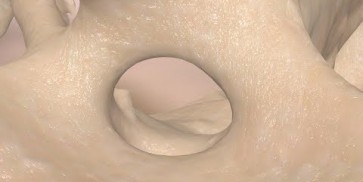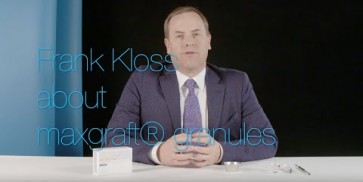
maxgraft® granules
- Alveolo post-extracción
- Aumento de cresta
- Defectos óseos
- Defectos intraóseos (1-3 paredes)
- Elevación de seno
|
- Propiedades biomecánicas conservadas
- Estéril – sin efectos antigénicos
- Almacenable a temperatura ambiente durante 5 años
- Propiedades osteoconductivas que contribuyen a una remodelación natural y controlada de los tejidos
maxgraft® cancellous granules | ||||
|---|---|---|---|---|
Article Number | Particle Size | Content | ||
30005 | 0.5 to 2.0 mm | 1 x 0.5 ml | ||
30010 | 0.5 to 2.0 mm | 1 x 1.0 ml | ||
30020 | 0.5 to 2.0 mm | 1 x 2.0 ml |
maxgraft® cortical granules | ||||
|---|---|---|---|---|
Article Number | Particle Size | Content | ||
31005 | 0.5 to 2.0 mm | 1 x 0.5 ml | ||
31010 | 0.5 to 2.0 mm | 1 x 1.0 ml | ||
31020 | 0.5 to 2.0 mm | 1 x 2.0 ml |

Para cirujanos orales y maxilofaciales con experiencia, el aloinjerto óseo es la única alternativa real a la obtención de hueso autólogo del paciente. Ayudan a prevenir riesgos conocidos como la morbididad de la zona donante, infección, dolor postoperatorio y pérdida de estabilidad ósea. La excelente capacidad de regeneración biológica de maxgraft® conduce a un resultado clínico predecible.
Please find our free webinars at www.botiss-webinars.com
Kostenfreie Webinare zu Schulungszwecken finden Sie unter www.botiss-webinars.com
Please find our free webinars at www.botiss-webinars.com
Please find our free webinars at www.botiss-webinars.com
Please find our free webinars at www.botiss-webinars.com
Please find our free webinars at www.botiss-webinars.com
Please find our free webinars at www.botiss-webinars.com






















































